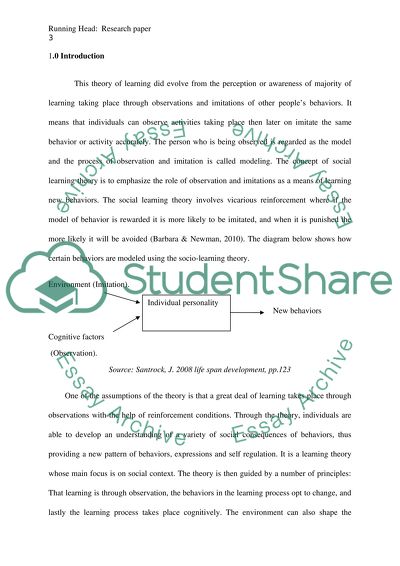Cite this document
(“Social learning theory approach to practice Assignment”, n.d.)
Social learning theory approach to practice Assignment. Retrieved from https://studentshare.org/psychology/1447373-social-learning-theory-approach-to-practice
Social learning theory approach to practice Assignment. Retrieved from https://studentshare.org/psychology/1447373-social-learning-theory-approach-to-practice
(Social Learning Theory Approach to Practice Assignment)
Social Learning Theory Approach to Practice Assignment. https://studentshare.org/psychology/1447373-social-learning-theory-approach-to-practice.
Social Learning Theory Approach to Practice Assignment. https://studentshare.org/psychology/1447373-social-learning-theory-approach-to-practice.
“Social Learning Theory Approach to Practice Assignment”, n.d. https://studentshare.org/psychology/1447373-social-learning-theory-approach-to-practice.


